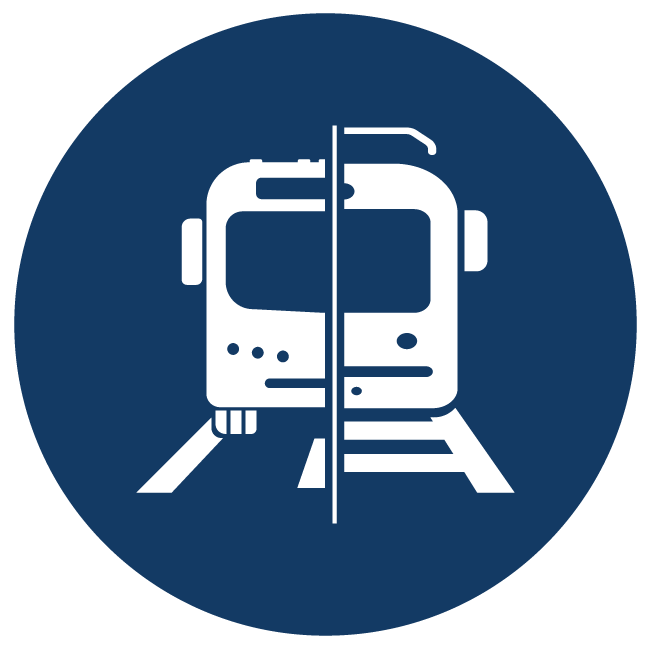Shared Use Mobility
Technology is changing the way people get from one point to another. People are now using smartphones to hail rides, compare transportation options and rent cars, bikes and scooters. In the example of carsharing, after someone uses a vehicle, carshare allows it to be available for other users. Planning professionals and academics describe this shift from personally owning modes of transportation to transportation when needed as shared use mobility. Instead of personally owning a vehicle or bike, a digital platform allows you to lease or contract a ride for a period of time. After the contract is up, the vehicle is available to others. Shared use mobility can broadly be defined as transportation services and resources that are shared among users, either concurrently or one after another. This includes public transit, micromobility (bikeshare and scooter share), automobile-based services (carshare and rideshare) and commute modes such as car or vanpooling.
Sharing vehicles or rides is not a new concept. Many people have rented a car on a trip, caught a taxi or ridden in an airport shuttle. For example, a vehicle rental usually required a trip to a rental center, typically located in airports, central business districts or an auto dealership. Taxi rides, with exception to airports and central business districts, need to be called in advance. Now, in many areas, it is possible to access a variety of transportation modes through a smartphone app. The proliferation of mobility services available through smartphone apps makes transportation more broadly accessible, removes barriers such as long wait times and makes information and cost more transparent for users. This technological change is driving down the cost of transportation trips for some people and increasing the overall demand for trips on our transportation networks. As shared mobility services grow and new shared mobility business models proliferate, these services have the potential to reshape people’s transportation behavior and place new demands on transportation infrastructure.
In Minnesota, shared mobility services are rapidly expanding and changing but many Minnesota communities still do not have access to these services. Initially concentrated in the seven-county metro area, rideshare, bikeshare and scooters are expanding across the state. In recent years, bikeshare services began operating in places like Rochester, Hastings and Saint Cloud. To better understand the future of shared use mobility in Minnesota, it is important to grasp shared mobility as a concept, its national and global growth and future market trends.
Related Trends

Public Transportation

